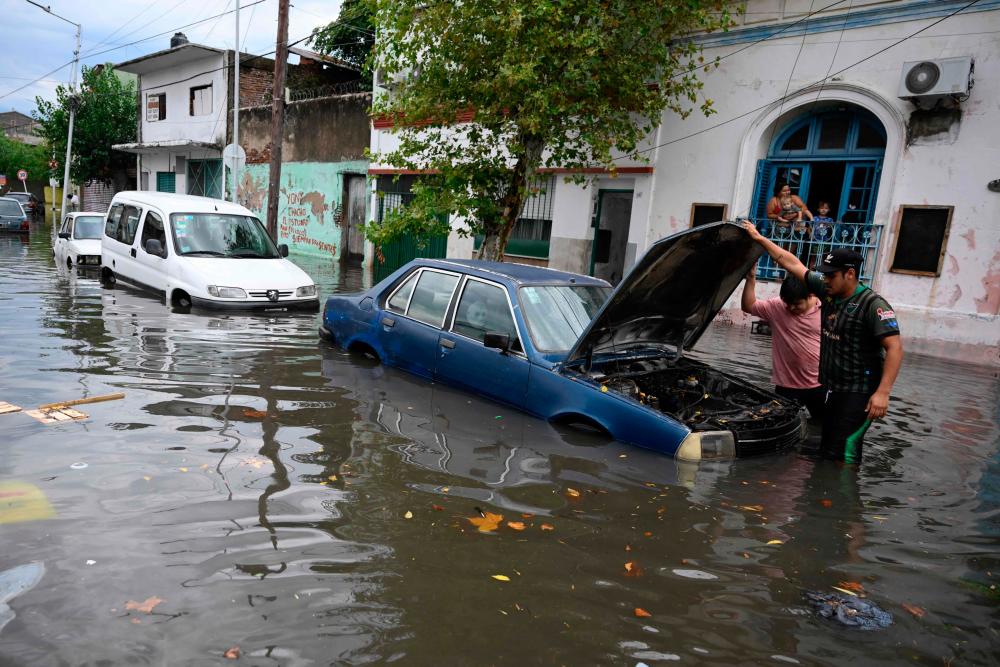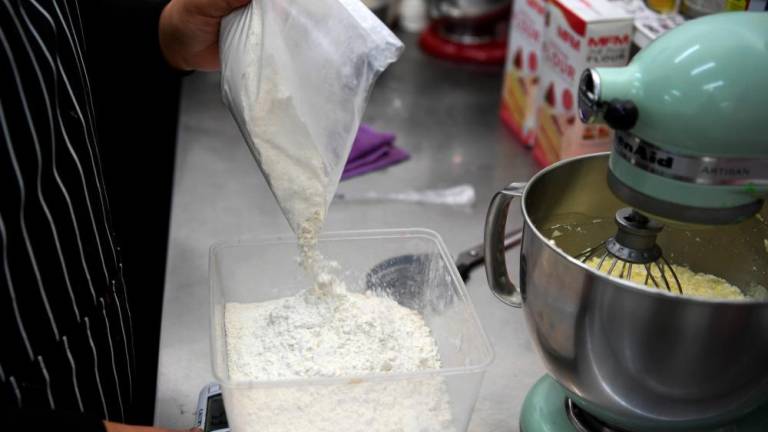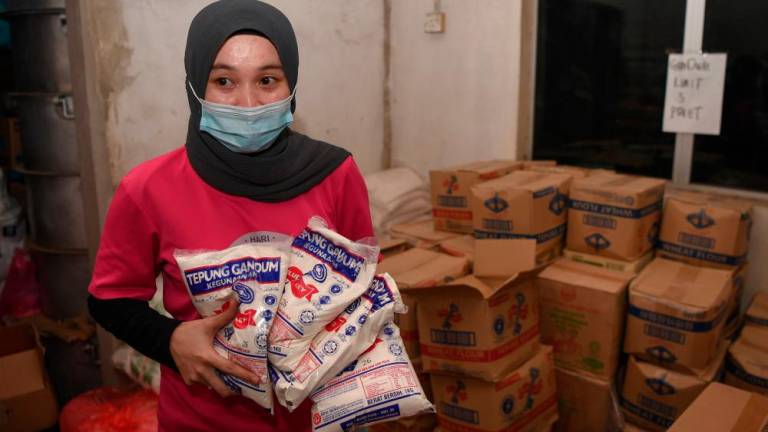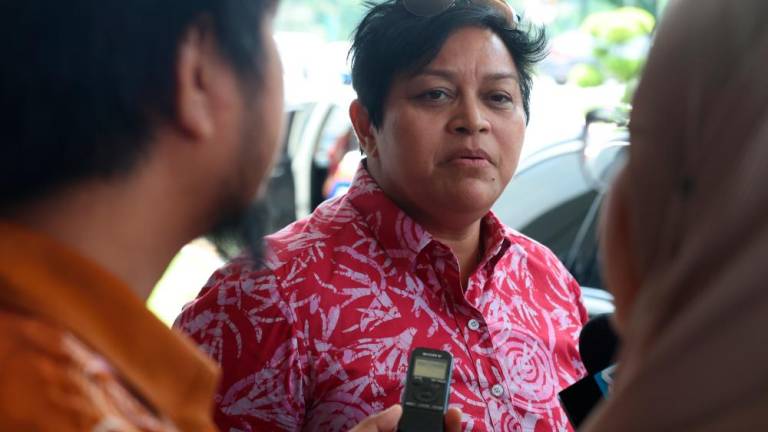BUENOS AIRES: Argentina's monthly inflation rate slowed down more than expected to come in at 13.2% in February, a boost for libertarian President Javier Milei who is pushing tough austerity to try to tame the world’s fastest-rising prices.
The still sky-high monthly rate, published on Tuesday (March 12), marks a deceleration from January, when prices rose 20.6%, and December, when they were up 25.5%. Analysts polled by Reuters had expected February’s inflation rate to land at around 15%.
The 12-month rate through February, however, rose to 276.2%, below a poll forecast of 282.1%, but cementing Argentina’s position as having the world’s worst inflation, which is hammering people’s spending power and driving up poverty.
“The impact of the cost of food is just brutal,” said Ines Ambrosini, a 62-year-old who shops in wholesale markets to find deals. “Everything costs a lot of money, the food, the fruit, the vegetables, the meat, the dairy products.”
Milei, battling an inherited crisis, has rolled out some tough measures to combat inflation, including painful cuts to state spending, targeting subsidies for things like utilities and transport, while looking to streamline welfare programs.
His government devalued the peso by over 50% in December, which caused prices to leap even faster, so he needs to demonstrate - and quickly – that his economic plan is bearing fruit to keep people onside and avoid unrest on the streets.
Sandra Boluch, a fruit and vegetable seller at a market in Buenos Aires, said she was seeing a worrying trend as inflation soars: sliding sales and more people scavenging for what she throws away, hoping to find enough for a meal.
Poverty is heading towards 60%, according to a report in February, while Unicef warned on Tuesday that child poverty in Argentina could even hit 70% in the first quarter of the year unless protections were strengthened.
Milei’s office on social media platform X said after the data was published that the slowdown was due to the government’s work to impose “strong fiscal discipline”. In a sign of confidence on inflation, the central bank late on Monday cut the interest rate to 80% late.
However, the president has signalled that March could be “complicated”, as signals in the economy have looked bleak, with tumbling sales, activity and production.
In another development, intense rains in Argentina are beginning to leave the soil too wet in key agricultural areas, which could also make it harder to harvest the 2023/24 soybean crop, a climate specialist said on Tuesday, though the conditions could be good for the 2024/25 wheat crop.
The heavy rains also caused flooding in parts of the city of Buenos Aires, with residents wading through up to waist-high waters and storms bringing “a lightning strike every second”, meteorologists said.
In the past 24 hours or so, Argentina's main agricultural regions have seen between 15mm and 75mm of rain, according to the national meteorological service, which predicts more over the next few days.
Growers in the Buenos Aires, Santa Fe and Entre Rios provinces have seen between 140mm and 150mm of rains so far this month, which is above average, meteorologist German Heinzenknecht said in an interview, adding the areas are likely to see similar amounts in the rest of March.
“We’re going to potentially close out March with excessive wetness in a large part of the core agricultural area,” said Heinzenknecht, a meteorologist at the Applied Climatology Consulting Firm.
“The harvest in some sectors might not be so easy due to this issue,” he added.
In coming weeks, as the Southern Hemisphere summer turns to autumn, farmers will begin to harvest soybeans, which are largely turned into oil and flour. Argentina is a top global supplier of both.
However, Agriculture Secretary Fernando Vilella told reporters at the US Chamber of Commerce in Argentina that the recent rains for now continue to favor soybean growth.
“It is raining and this is good to ensure the soybeans’ final productivity,” Vilella said.
The Rosario grains exchange estimates the 2023/24 soybean harvest at 49.5 million metric tons.
The abundant rains are good for wheat planting, which begins in May.
“The outlook is favourable, because we have to replenish the soil, we have to keep it loaded (with water) so that during the fall there are not problems with wheat sowing,” Heinzenknecht said.
Argentina is a major wheat exporter. Last season, a drought caused a smaller wheat harvest, which closed out at 14.5 million tons, according to the Rosario exchange. – Reuters










